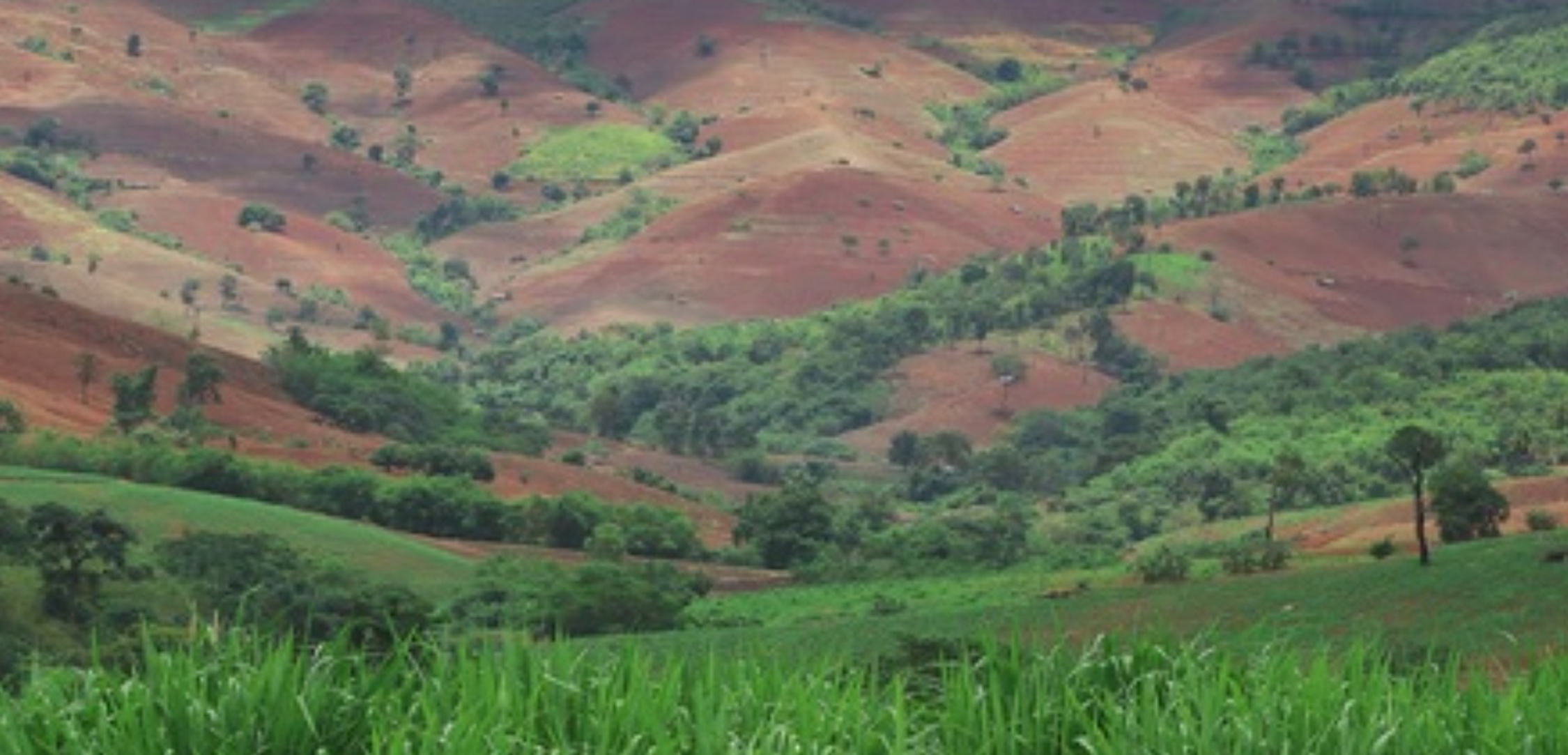December 2019
Are We Killing The Environment? Or Is It Killing Us?
 A study by the United Nations University has found that the economic cost of degraded agricultural land in the form of lost ecosystem services now amounts to up to US$10 trillion a year. IMAGE: Shutterstock
A study by the United Nations University has found that the economic cost of degraded agricultural land in the form of lost ecosystem services now amounts to up to US$10 trillion a year. IMAGE: Shutterstock
Pacific island nations are among the most vulnerable in the world where the well-being of island communities are compromised by population growth, industrialisation and climate change.
And our soils are taking the hit for it.
A report by the United Nation’s Food and Agriculture Organization (FAO) states that while the quality and the health of soils are under threat, degradation can be reversed.
“The world soils are rapidly deteriorating due to soil erosion, nutrient depletion, loss of soil organic carbon, soil sealing and other threats.”
“But this trend can be reversed provided countries take the lead in promoting sustainable management practices and the use of appropriate technologies,” the report stated.
Described as ‘humanity’s silent ally’ by FAO’s Intergovernmental Technical Panel, the report Status of the World’s Soil Resources brings together the work of 200 soil scientists from 60 countries.
“Soils are vital for producing nutritious crops and they filter and clean tens of thousands of cubic kilometers of water each year.”
“As a major storehouse for carbon, soils can help regulate emissions of carbon dioxide and other greenhouse gases which is fundamental to regulating climate,” the report stated.
The United Nations FAO report identified an overwhelming 33 percent of the world’s land as severely damaged.
“The majority of the world’s soil resources are in only fair, poor or very poor conditions which are getting worse than they are improving.”
“The land is moderately to highly degraded due to erosion, salinization, compaction, acidification, and chemical pollution of soils.”
“Further loss of productive soils would severely damage food production and food security, amplify food-price volatility, and potentially plunge millions of people into hunger and poverty,” the report stated.
With a global population of 7.7 billion, more than 35 percent of the earth’s ice-free land is used for agriculture.
According to FAO this will continue to affect the condition of soils as population and economic growth remain leading factors in decades to come.
“The result is that soils that have been cleared of natural vegetation to grow crops or graze livestock suffer from sharp increases in erosion and steep losses in soil carbon, nutrient and soil biodiversity.”
“But urbanization is also taking a major toll, the rapid growth of cities and industries has degraded increasingly wide areas, including by contaminating soils with excess salt, acidity and heavy metals; compacting them under heavy machinery; and sealing them permanently under asphalt and concrete,” the report stated.
The report also found climate change to be a strong driver of soil change.
“Higher temperatures and related weather events such as droughts, floods and storms impact on soil quantity and fertility in a number of ways, including reducing moisture and depleting the layers of nutrient-rich topsoil.”
“They also contribute to an increase in the rate of soil erosion and shoreline retreat.”
The United Nations FAO says achieving healthy soils requires the participation of a broad level of stakeholders ranging from governments to small-holder farmers.
